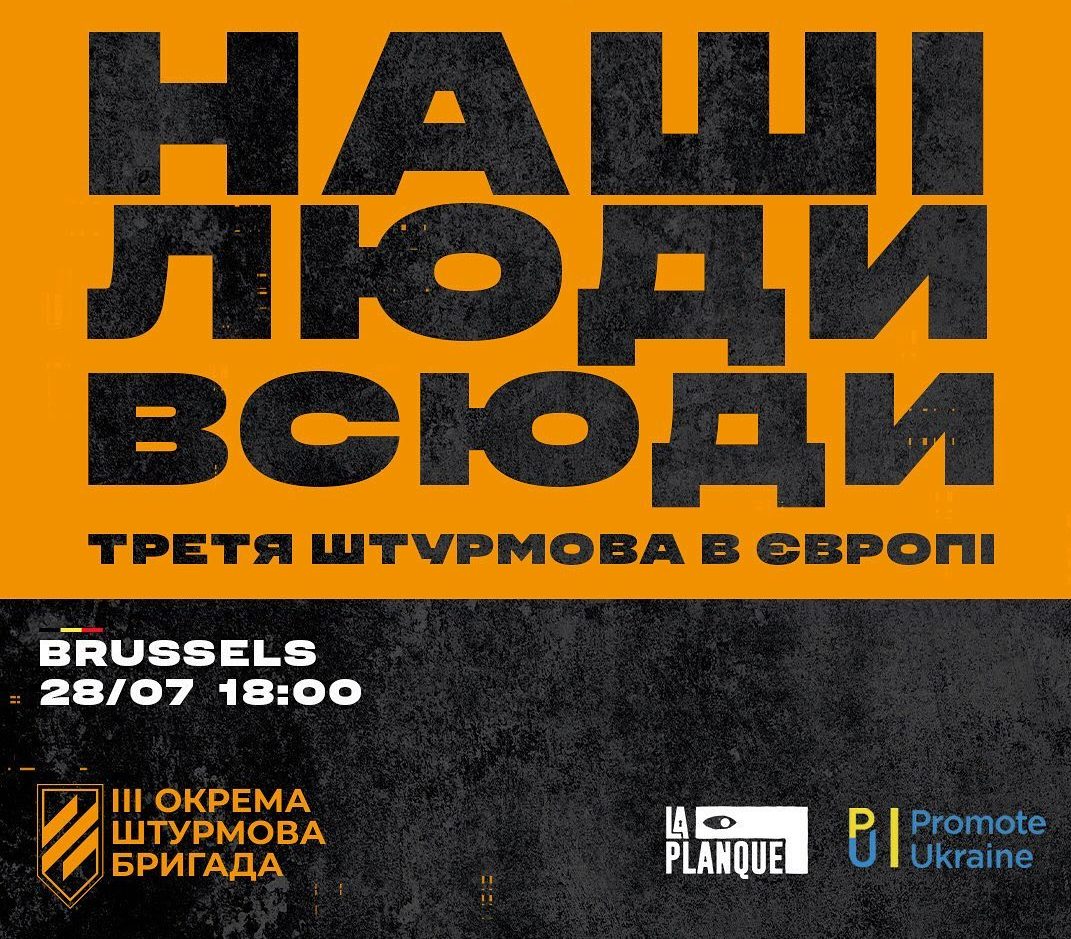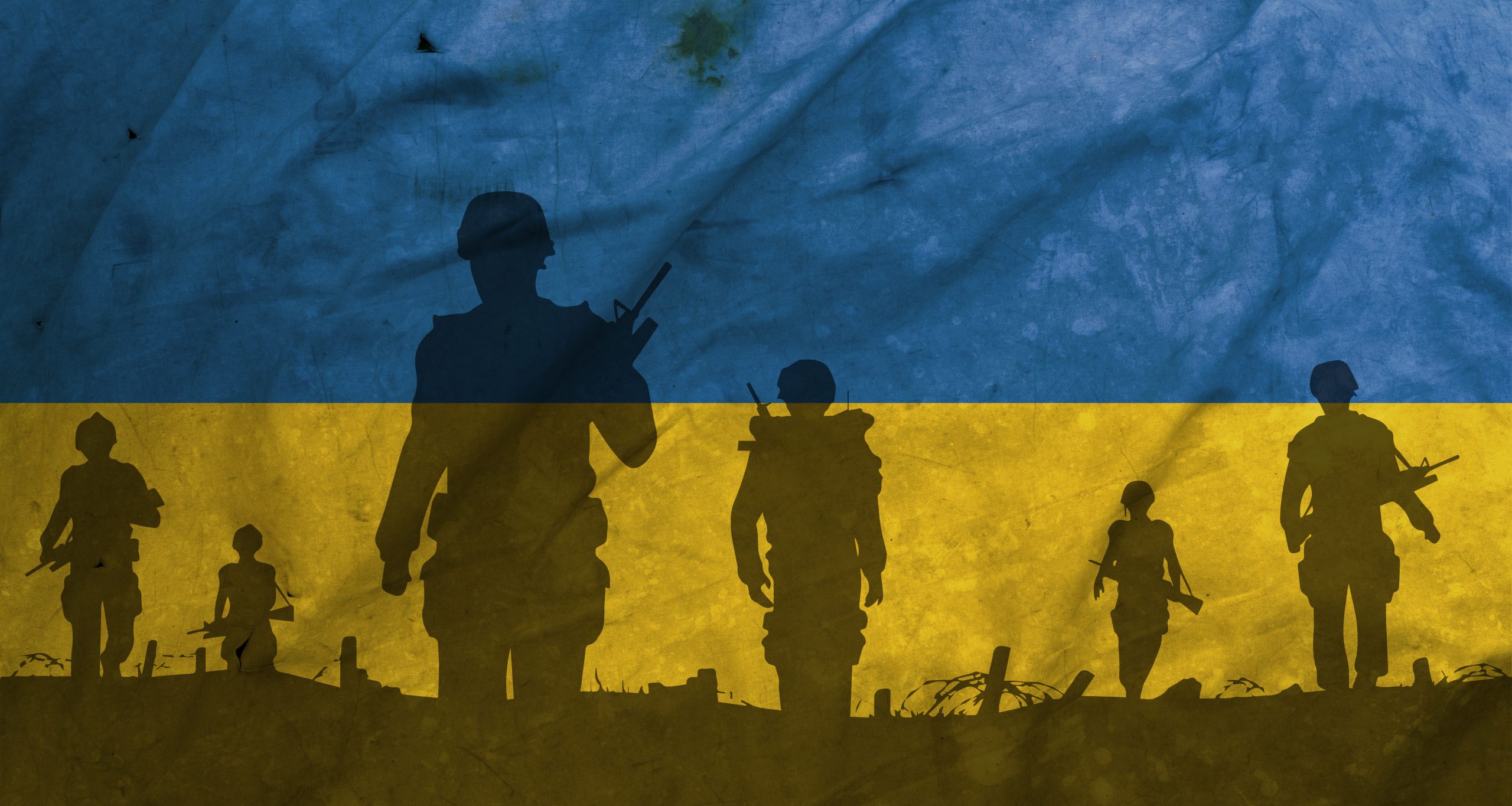The expert group of the AM & RM project (cadets and teachers of VIKNU), which participates in the international program Peer2Peer to counter Russian information aggression, conducted sociological research. Its purpose was to find out what resources and channels the Ukrainian military chooses to obtain information, how much time they spend on the Internet, what and where they “like” and whether they check the information for authenticity.
According to the survey results, the majority of respondents receive information from social networks (79.8%), online media (61.5%) and messengers (46.8%). Also, a popular channel is personal communication with friends, relatives, colleagues (26.6%). Television and radio are less in demand (12% and 3.9%, respectively).
Such results indicate the need to create or promote existing communication channels among militaries, which contain reliable information about events in Ukraine and the world. Furthermore, the majority of respondents spend from 3 to 8 hours online, and some of them spend almost 12 hours.
The Internet is the core source of new information for survey participants. They mostly read the information on the websites of Ukrainian news agencies, Ukrainian online media, as well as on resources that begin with the words “eavesdropped,” “typical,” “operational” and entertainment resources. Some respondents also receive information from regional media (22%). It is worth noting that only 4.6% of all respondents prefer the Russian media.
In general, 91% of respondents choose Ukrainian news resources. However, given that most respondents do not check the information about the media resource owner and its origin, the question of whether it is really Ukrainian remains open. Many also choose international analytical sources in English.
Regarding the language in which militaries prefer to read the news, 70% of respondents said that it is more convenient to get the information in Ukrainian, 22% do not care and 8% feel more comfortable reading Russian.
This trend in the choice of language is positive since the majority of the materials that contain signs of “fake” and misinformation are disseminated through the Russian-language media.
Among social networks, the most popular is Instagram (86.8%) and Facebook (69.8%). Social networks such as Twitter and Tik-Tok are also popular, but among fewer respondents (up to 10%). Video, photos, infographics and articles are the most popular types of content that respondents “like” on social networks. It should be noted that the Russian social network VKontakte is still used by 2.7% of respondents.
Low critical thinking
 The results regarding the trust in the received information are interesting, as almost all the respondents stated that they check only the information which they doubt. If the news looks reliable, only 53.7% of all the respondents will check it in other resources, keeping in mind the rule of cross-checking the information accuracy at least in three sources.
The results regarding the trust in the received information are interesting, as almost all the respondents stated that they check only the information which they doubt. If the news looks reliable, only 53.7% of all the respondents will check it in other resources, keeping in mind the rule of cross-checking the information accuracy at least in three sources.
Probably this is why 46.4% of respondents admitted that they have seldom or very rarely encountered propaganda, misinformation and “fakes” cases in media, and 45.1% have never felt that they became the object of manipulation after reading news, which indicates the low criticality in the flow of message perception.
However, 96.8% of respondents do not have a selected list of sources for obtaining the information. Under their situational selection, a message and content quality are more important for the respondents than the author of the article/news and the media resource owner. As a result, the respondents may be attracted by the information that is well-crafted and convincing but may contain misinformation, manipulative technology, hate speech, and propaganda narratives.
Thus, according to the survey results, we can conclude that there is a need to increase the media literacy level and to develop critical thinking among the militaries. To provide that it is necessary to conduct training and workshops, as well as to distribute on social networks (active users of which are the militaries) content on media literacy, combating media manipulation, information attacks, as well as to promote information “sanitation” during the war.
Background
The research was conducted in the period from 1 to 5 October 2020 via an online survey with the use of Google questioning. In total, the survey covered 410 people, including 319 militaries (current officers, reservists, cadets, contract militaries and compulsory-duty servicemen). Respondents are representatives of different age groups.
The analytical group of the Centre for Counteracting Destructive Propaganda and Information Aggressions AM&PM






 UA
UA FR
FR DE
DE




